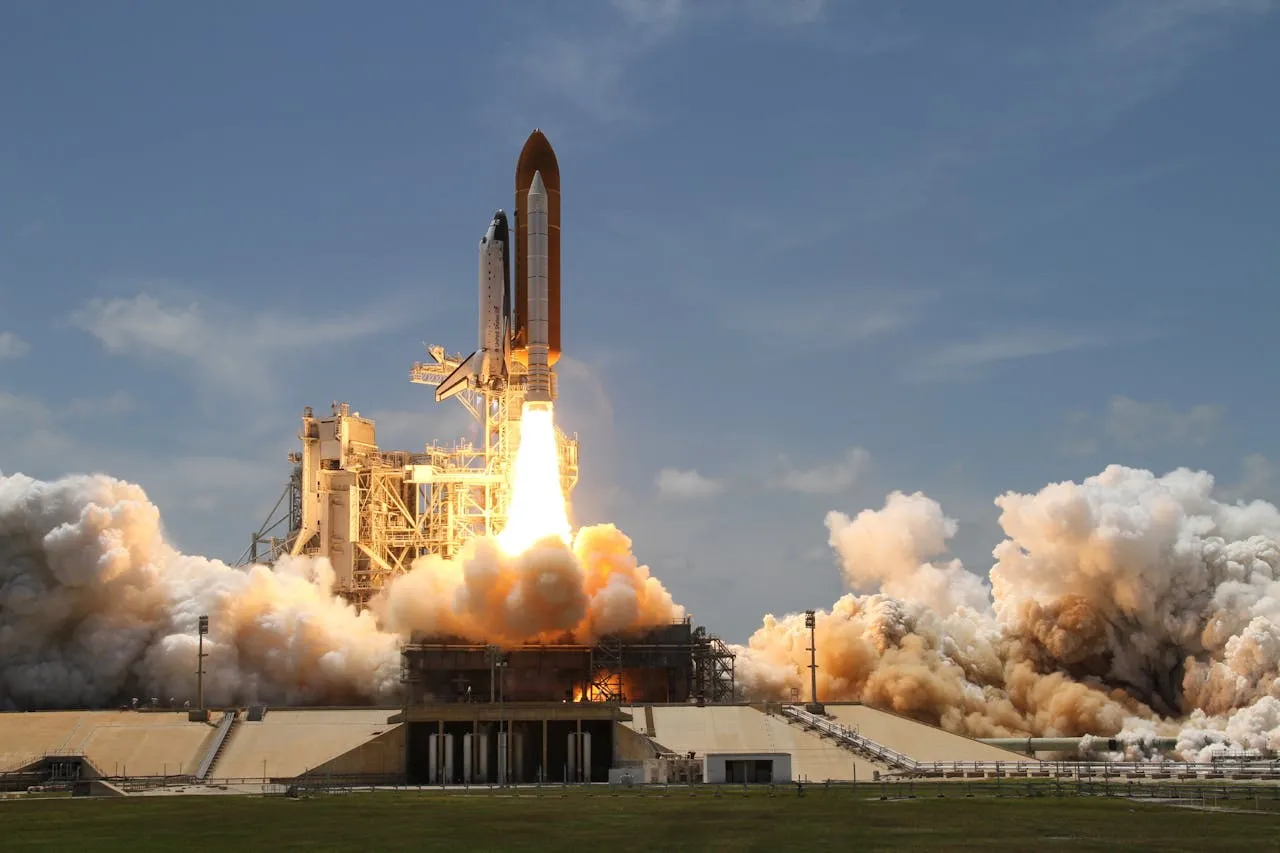
Boeing X-37B Spaceplane Launches on Eighth Mission, Expanding Space Test Capabilities
The Boeing built X-37B Orbital Test Vehicle (OTV) has once again returned to space, marking the beginning of its eighth mission. The advanced reusable spaceplane lifted off at 11:50 p.m. ET from the Kennedy Space Center in Florida, carried into orbit aboard a SpaceX Falcon 9 rocket. Boeing confirmed that the vehicle is healthy and has successfully entered orbit, where it is undergoing the standard post-launch checkout procedures.
This latest mission comes less than six months after the completion of the seventh flight, which ended with a smooth landing at Vandenberg Space Force Base in California on March 7, 2025. That quick turnaround demonstrates both the resilience of the spacecraft and the efficiency of the ground teams that prepare it for each mission. The current flight will showcase new technologies and carry a Boeing-integrated service module, which enhances payload capacity and enables more experimentation while in orbit.
Michelle Parker, vice president of Boeing Space Mission Systems, highlighted the collaborative effort required to make the mission possible:
“Our role is to make sure the spaceplane is the most reliable testbed it can be. None of this happens without teamwork. Launch is the starting line for this mission, but the work that follows – the quiet, methodical work on orbit, analysis, and eventual return – is where progress is earned.”
Advanced Technology Testing in Orbit
The X-37B is no ordinary spacecraft. Unlike conventional satellites, it is a reusable, returnable platform, which allows engineers and scientists to conduct experiments in orbit and then recover them for detailed inspection back on Earth. This unique capability has proven invaluable for advancing space science and military applications.
On this eighth mission, the spaceplane is carrying several technology demonstrations provided by U.S. government partners. Among the experiments are a laser communications system and a quantum inertial sensor. The latter is designed to enable navigation in environments where Global Positioning System (GPS) signals are unavailable or compromised—a capability of growing importance in both military and deep-space contexts.
The mission builds upon breakthroughs from the previous flight, during which the X-37B successfully executed a first-of-its-kind aerobraking maneuver. By using atmospheric drag instead of solely relying on propellant to adjust its orbit, the spacecraft demonstrated a fuel-efficient way of changing orbital trajectories. Such advancements may help shape the design and operation of future spacecraft that need to operate for extended periods.
Government and Military Perspectives
For the U.S. Space Force, the X-37B represents a vital platform for learning how to quickly transition experimental technologies into operational capabilities. Col. Brian Chatman, installation commander for Space Launch Delta 45, emphasized the importance of the program:
“Having a returnable space platform allows us to learn faster. The data we gather from the X-37B speeds decisions, hardens our architectures, and helps Guardians stay connected and on course even in contested environments. This is how we move from promising ideas to fieldable capability at pace.”
In an era where contested space environments are a growing concern, having such a flexible and reusable platform gives the U.S. a significant strategic advantage.
A Proven Track Record
Since its maiden flight in 2010, the Boeing-built X-37B has established itself as one of the most durable and reliable experimental spacecraft ever flown. Over the course of seven completed missions, the orbital test vehicle has spent more than 4,200 days in space. Each time, it has returned safely to Earth, where engineers have had the opportunity to inspect, upgrade, and relaunch it. This cycle of use, recovery, and improvement mirrors the philosophy of reusable launch systems, which are transforming the economics of space operations.
The program itself is a government–industry partnership, led by the U.S. Air Force Rapid Capabilities Office, with the U.S. Space Force overseeing day-to-day operations. Boeing provides critical design, integration, and operational support, with teams primarily based in Seal Beach, California, and at Kennedy Space Center, Florida.
Boeing’s Broader Space Role
The success of the X-37B also reflects Boeing’s broader role as a leader in both commercial and defense aerospace. As one of the world’s largest aerospace companies and the leading U.S. exporter, Boeing designs, manufactures, and services commercial airplanes, defense systems, and space technologies for customers in more than 150 countries.
The company’s extensive U.S. and global workforce, combined with its wide supplier network, helps drive innovation, economic growth, and sustainability initiatives. Boeing also emphasizes its commitment to safety, quality, and integrity, values that extend across its space programs and play a vital role in missions like the X-37B.




